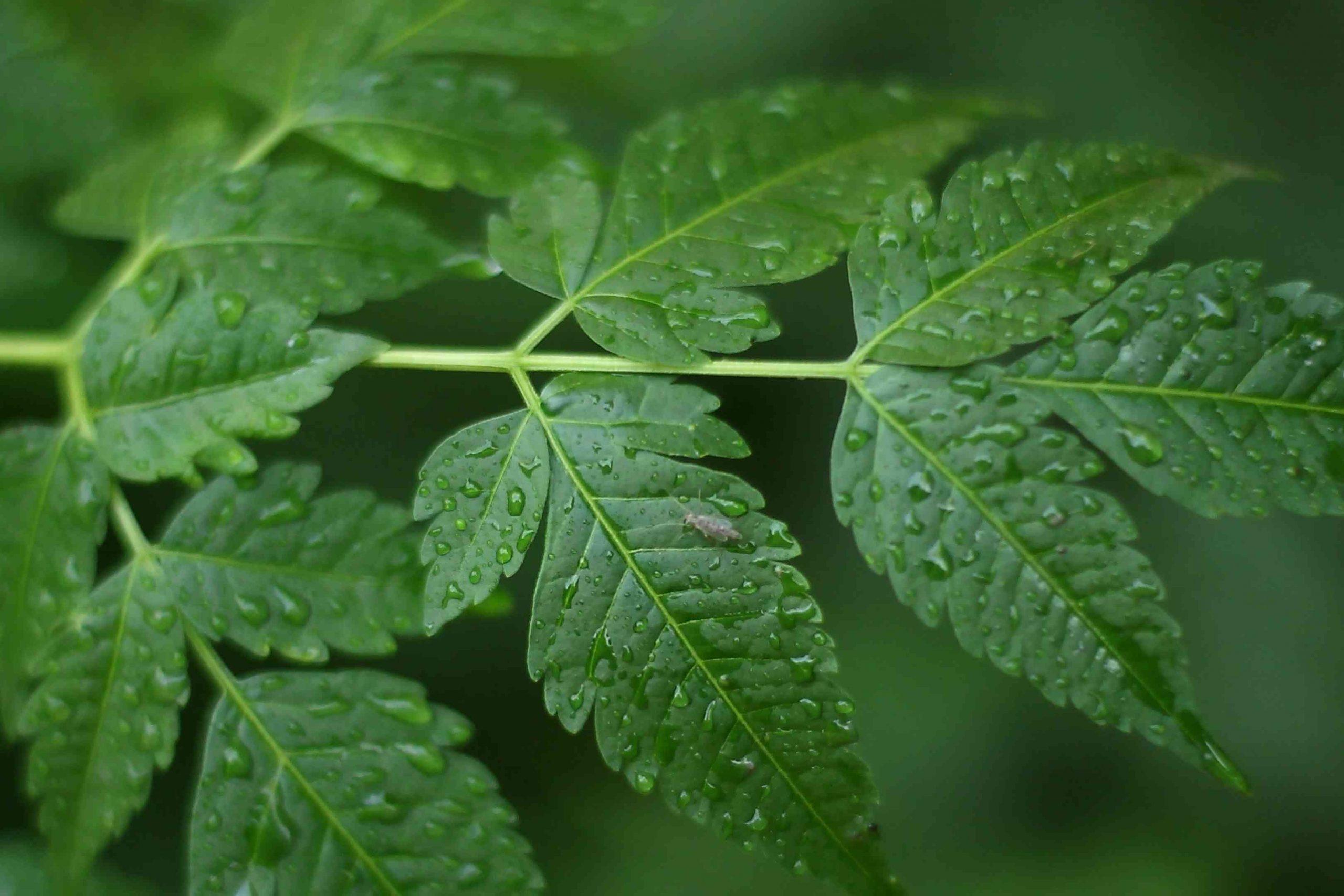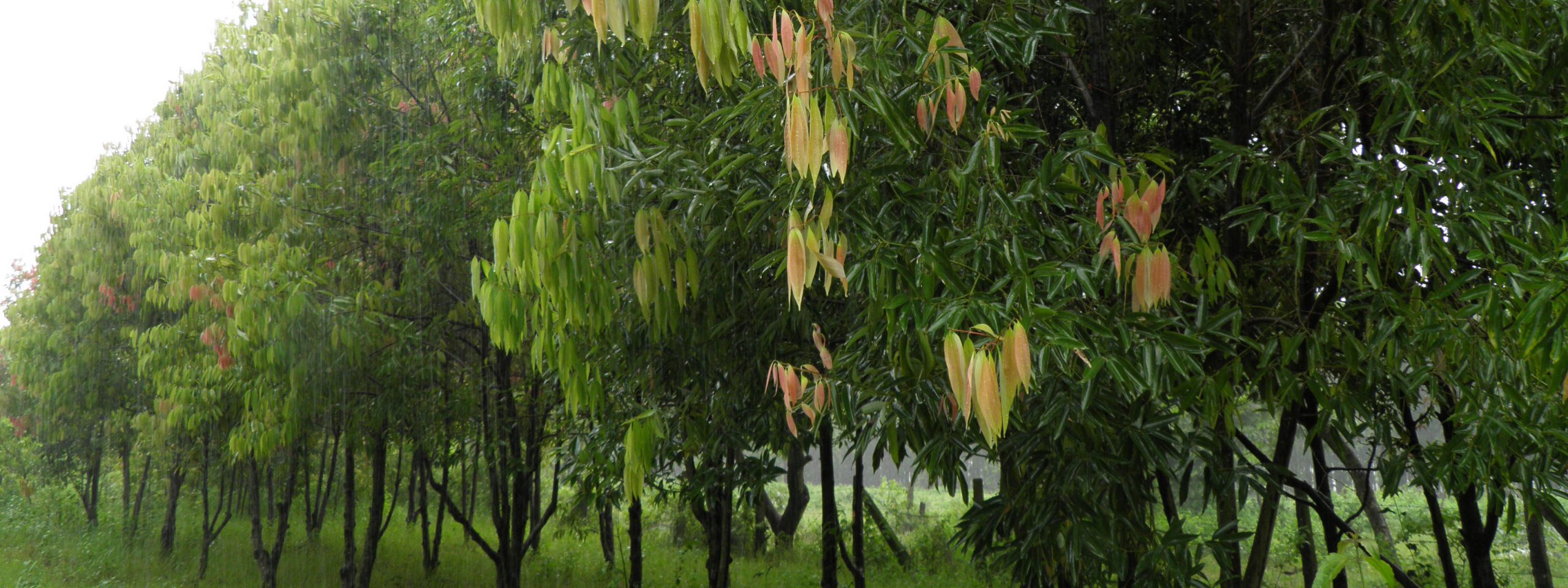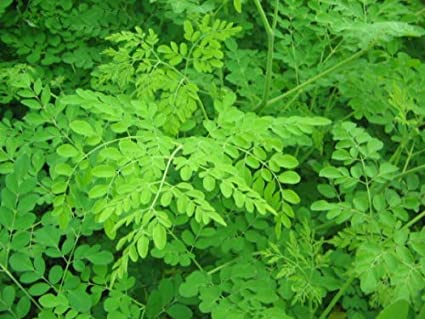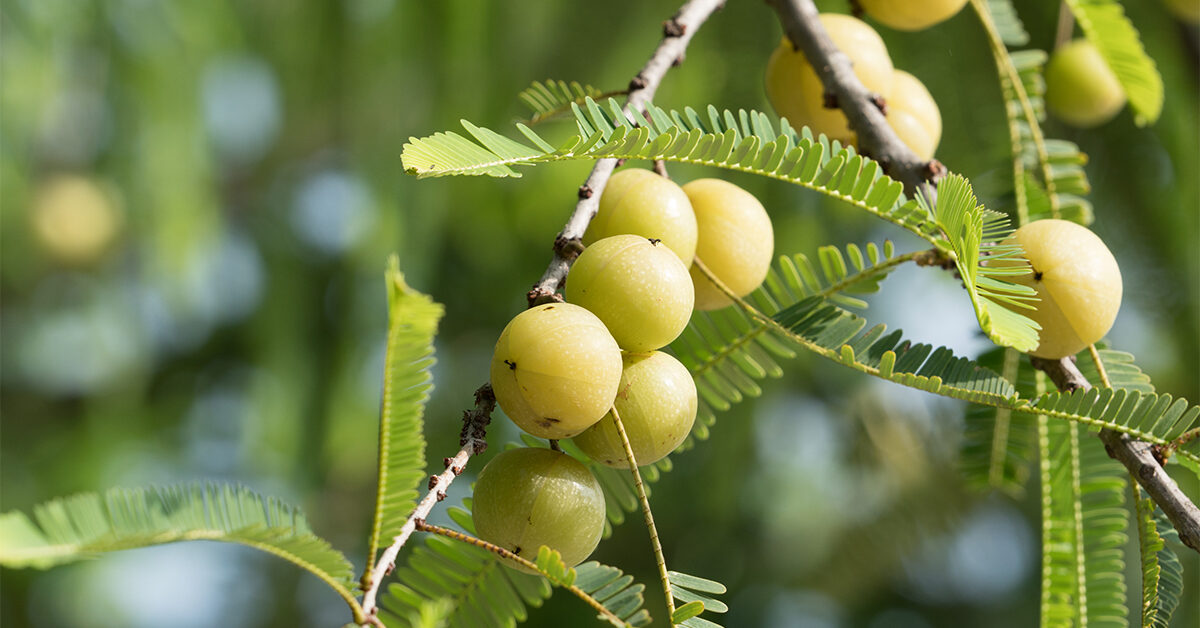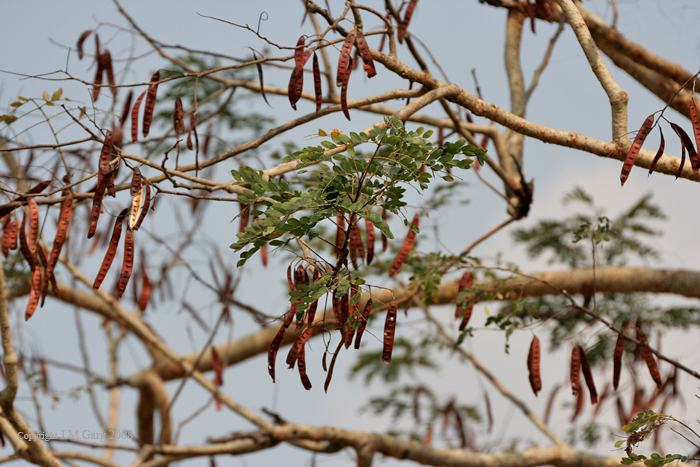Neem
(Azadirachta indica)
English name: Neem
Family: Melicaceae
Origin and distribution
Neem is likely native to the Indian subcontinent and to dry areas throughout South Asia. It is wide spread in India and extends to Barma. A subspecies is indigenous in Thailand . It is of great value as an avenue tree in dry and arid places . It also grows in area with a high rain fall.
It is can be found in every village of Terai. It has been introduced to parts of Africa, the Caribbean, and numerous counties in South and Central America. It is recorded from the Terai to about 900 m but doubtfully indigenous to Nepal as it has often planted.
The plant has long been used in Ayurvedic and folk medicine and is used in cosmetics and in organic farming applications.

Description
Height at maturity: It is a large size ever green tree of Terai. It has a large spreading crown. It can grow about 15 meters tall with occasional specimens up to 25 meters. Leaves alternate, pinnate; leaflet toothed.
Form: Neem is a medium to large fast-growing and long-lived evergreen tree with a wide-spreading, dense, ovoid crown. Trees coppice freely, and early growth from coppice is faster than growth from seedlings.
Flower and flowering: Flower white about 8 mm in diameter, fruit flashy. Trees may start flowering and fruiting at the age of 4 – 5 years, but economic quantities of seed are produced only after 10 – 12 years
Silvicultural Characteristics
Cultivation: Neem is a very tough tree and is said to grow almost anywhere in the lowland tropics and subtropics. It is cultivated at elevations up to 1,500 metres, but grows best when below 700 – 800 metres. It grows best in areas where annual daytime temperatures are within the range 26 – 40°c, but can tolerate 14 – 46°c. Mature plants tolerate some frost, but seedlings are more sensitive. It prefers a mean annual rainfall in the range 450 – 1,200mm, but tolerates 200 – 2,000mm.
Soil: It prefers a well-drained soil in a sunny position. Tolerates poor soils and is drought tolerant once established. The plant quickly dies in waterlogged soils, and does not succeed in deep dry sands where the dry-season water table lies below 18 metre
Propagation and plantation
Seed – best sown as soon as it is ripe, it does not require pre-treatment, though depulping and cleaning of seeds considerably improves the germination rate. The seed can be sown in a nursery seedbed, direct in situ or in containers, covering the seed with about 1cm of compost. Mature seeds germinate within a week, with a germination percentage of 75 – 90%. Seedlings can be potted up when they are about 5cm tall. It can also be propagated by air-layering and root cuttings.
Products and uses
The fruits are eaten fresh or cooked, or prepared as a dessert or lemonade-type drink. Leaf teas are traditionally used to treat malaria, peptic ulcers and intestinal worms. The leaf juice is applied externally to ulcers, wounds, boils and eczema.
Urban/Agroforestry uses
Being drought resistant with a well-developed root system capable of extracting nutrient from the lower soil levels, it is a suitable tree for dune-fixation. The large crown makes it an effective shade tree, planted widely as an avenue tree in towns and villages and along roads in many tropical countries. Because of its low branching, it is a valuable asset for use as a windbreak.
Other readings
Tropical Plants Database, Ken Fern. tropical.theferns.info. 2021-04-21
